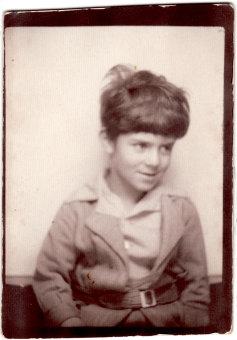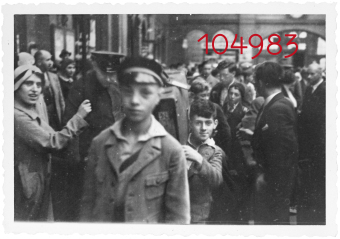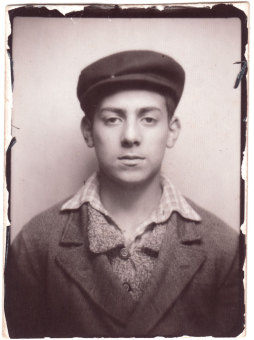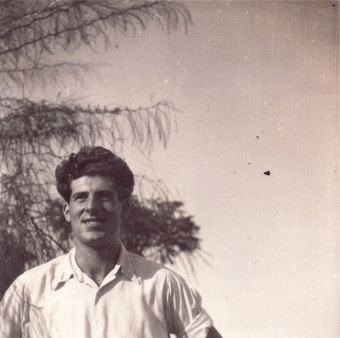Israel Jürgen Löwenstein (*1925)

© Israel Jürgen Löwenstein
“Surely you know that my parents are no longer here. They were picked up on the third of this month. Since then I’ve had no news. I haven't even received a letter, just a short note from people whose name I don’t even know... So I sit around and sense how alone I am, no relatives any longer, tomorrow is Christmas, and our Hanukkah is over too, and I didn’t get either the letter or the package of sweets that have always arrived. I'm sad, but trying to bear up and stay hopeful! ... Everything is taking its usual course here. The work is hard and the quality of the food is below average. You know that we don’t get either meat or eggs, or any cake, not even once. But one has to carry on, even if one is ravenously hungry at times.”
“The first days are the hardest. People stand there naked, with their heads and the rest of their bodies shaved, trembling with cold and fear, and can hardly recognize each other. The first of our chaverim are sent to the infirmary.”[1]
Jürgen Löwenstein was born Jürgen Rolf Sochaczewer in Berlin on March 28, 1925. His mother, Paula, married Walter Löwenstein, who later adopted him. He came from a low-income background, and his father was a working man. His mother, beset by worries about the family’s future, tried to supplement her husband’s earnings. Walter Löwenstein had served as a soldier in World War I, and as late as 1935 he was awarded the Honor Cross for Combatants in the World War. He believed that German anti-Semitism was directed only against the Ostjuden, the Jews from Eastern Europe, and was still rejecting all contact with them in 1938, when the Löwensteins were forced to give up their family apartment in Berlin-Mitte and move to the Scheunenviertel quarter (populated mainly by Eastern European Jews).
Jürgen Löwenstein was able to participate in a holiday camp at Horserød in Denmark, organized by the Jewish Community of Berlin under Norbert Wollheim’s leadership, and eat his fill of good food at last. A photo of little Jürgen with his suitcase on his shoulder was taken on this trip, probably by Norbert Wollheim. In Berlin, Jürgen had Jewish and Christian friends. After a rash caused him to lose his chance to take part in the Kindertransports to England in 1938, he saw emigration to Palestine as his last chance to get out of Germany. In September 1939, he entered the Hachsharah program, going first to Schniebinchen in Lower Lusatia, and then moving to Rüdnitz near Bernau, to Eichow-Mühle, and finally to Ahrensdorf as the Hachsharah camps were closed one after the other. When the National Socialists banned Hachsharah in 1941, they sent Jürgen to the Paderborn labor camp.
At Auschwitz, the men from Paderborn were placed in the Buna/Monowitz concentration camp. Their bonds of friendship held up in the camp, and they helped each other.
For Jürgen Löwenstein, it was clear that he would go to Israel. In 1949, he emigrated to Israel by way of Italy and went to Kibbutz Dorot in the Negev. In 1951, now calling himself Israel Löwenstein, he joined his wife, Chana, and other Hungarian survivors of the Holocaust in founding Kibbutz Yad Hanna, named for Hanna Senesh. They have lived and worked there ever since, and their three daughters were born there.
(MN; transl. KL)
Israel Löwenstein, oral history interview
(German)





















